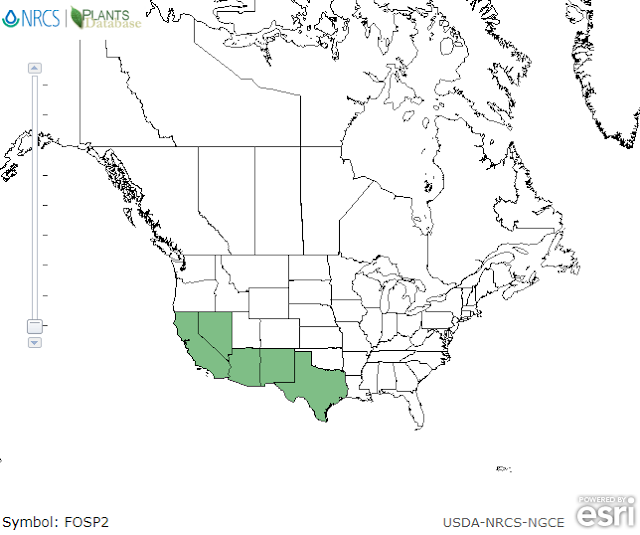Aloe Plants
These succulents thrive in the desert
Aloes are native to Africa and Arabia
Soap Aloe
This year is the first time I have seen this aloe in Vegas. The surface of the plant is very oily. After some research, I found that the oily sheen is normal.
Detail Of Oily Soap Aloe's Sheen
The sap from the leaves and stems of Aloe saponaria produce a lather which can be used as a soap. Over the years I have heard of the medical and health properties from the use of aloe gels. WebMD has an article discussing these properties and I do recall that the gel from Aloe vera var. officinalis (below) being rubbed on the skin does inhibit the growth of scar tissue from superficial wounds. Dave's Garden dot com has a very interesting and fun article worth the time to read as well.
Traditionally,for me, Aloe "vera" was red inflorescence on pale green leaves; The use of this Latin nomenclature has grown as time has passed (or as my study of the plant has changed and increased my vocabulary).When, specifically, querying, "Aloe Vera," there are plenty of images with no flowers. When querying, "Aloe Vera flowers," the majority of images come up with the red flower variety of many species. Have been interested in Aloe vera for ages,... I guess because of its purported medicinal qualities, and over the years yellow inflorescence has become more commonly included in image queries. Seemingly, aloes have gained in popularity as a part of gardens so I am including a link to Dave's Garden dot com; a good place to start when researching the correct identity of your own Aloe species.Looking up "Aloe vera" at Dave's Garden the description includes bright yellow flowers.
YELLOW Aloe vera (Aloe vera var. officinalis)
Am posting this above image to illustrate Aloe vera without too much more discussion. The image below is a detail of the inflorescence showing the beautiful yellow flowers (corolla).Detail of YELLOW Aloe vera
Because of the poliferation and hybridization of Aloe it is difficult for me to find an authoritative accepted plant name list defining our most popular Aloe vera. There are many lists of accepted synomyms.
RED aloe vera
What is the difference between RED and YELLOW Aloe vera? This article attempts to make the answer easier for us. Ha!
Detail of RED Aloe Vera
There is clearly quite a difference between the RED and YELLOW Aloe vera. Will leave it to the scientists to name the plants.
